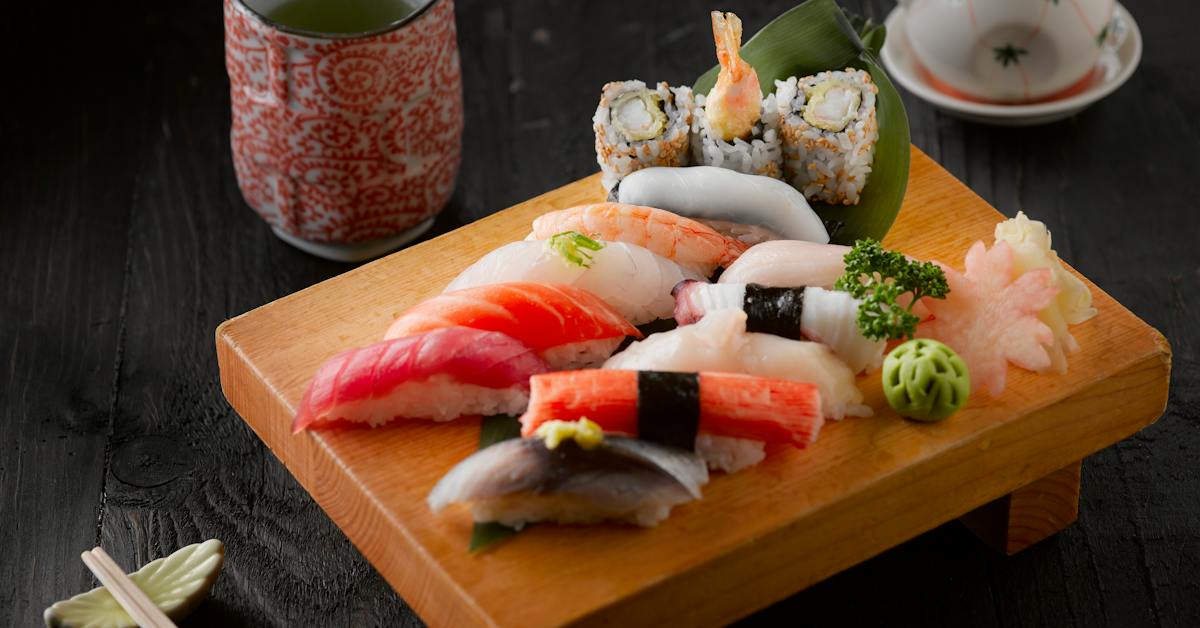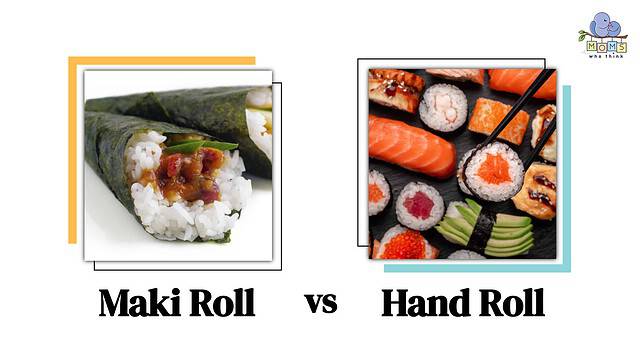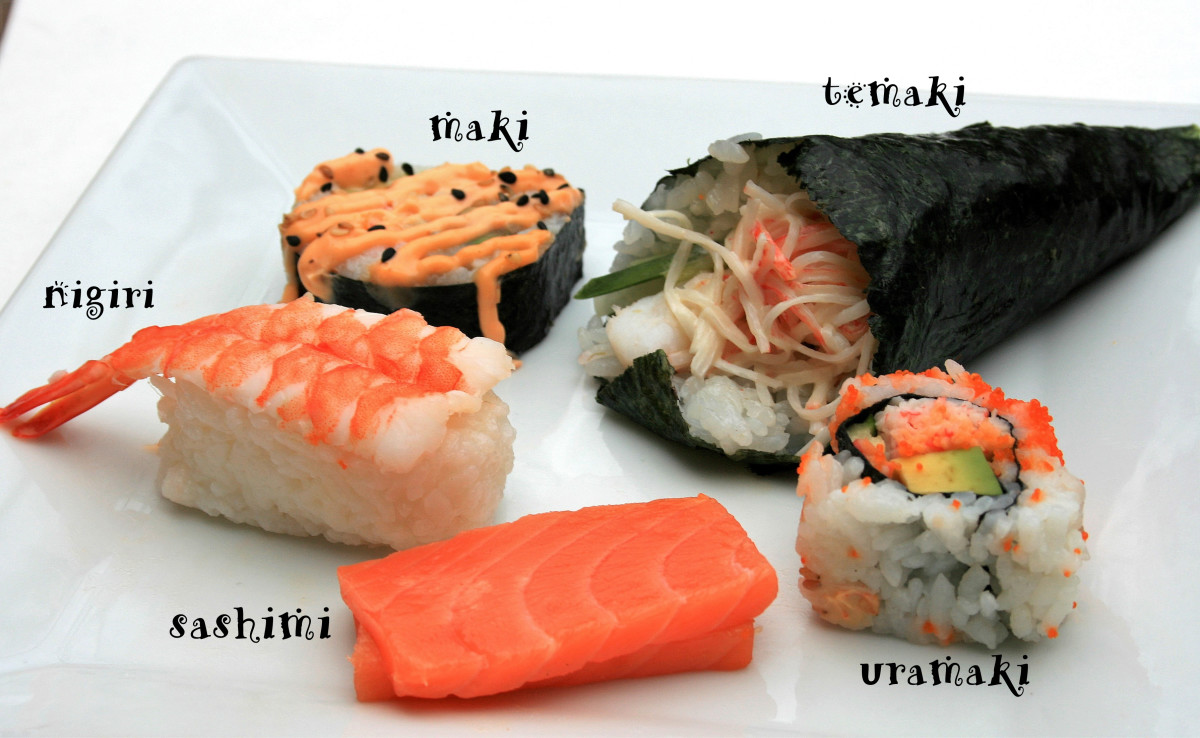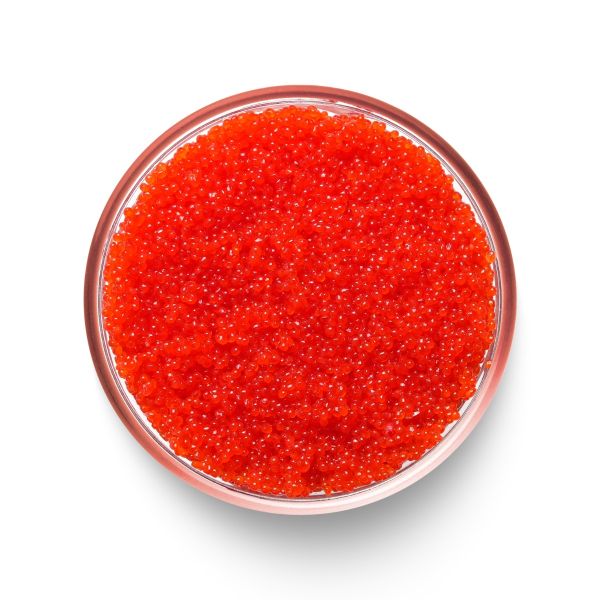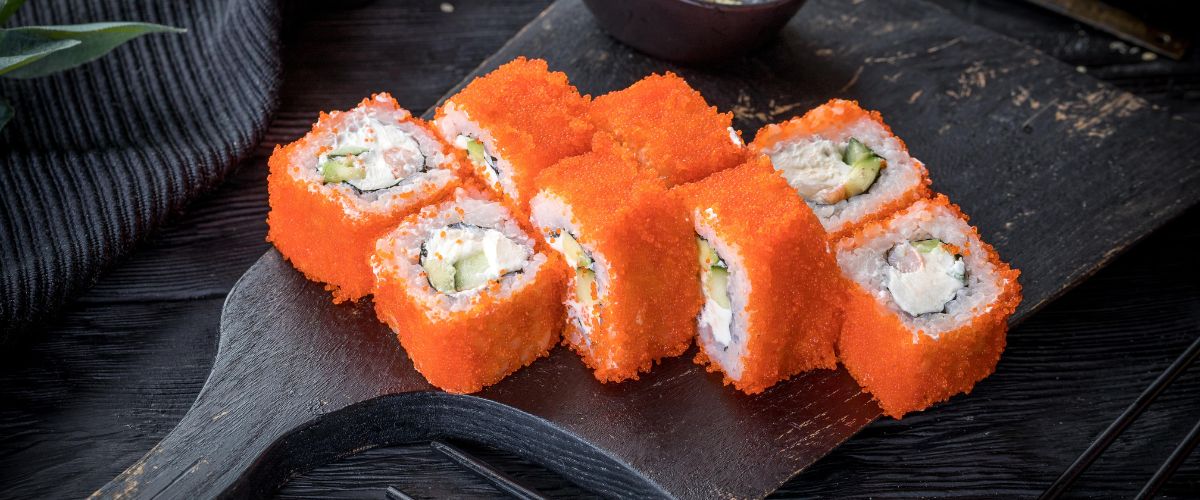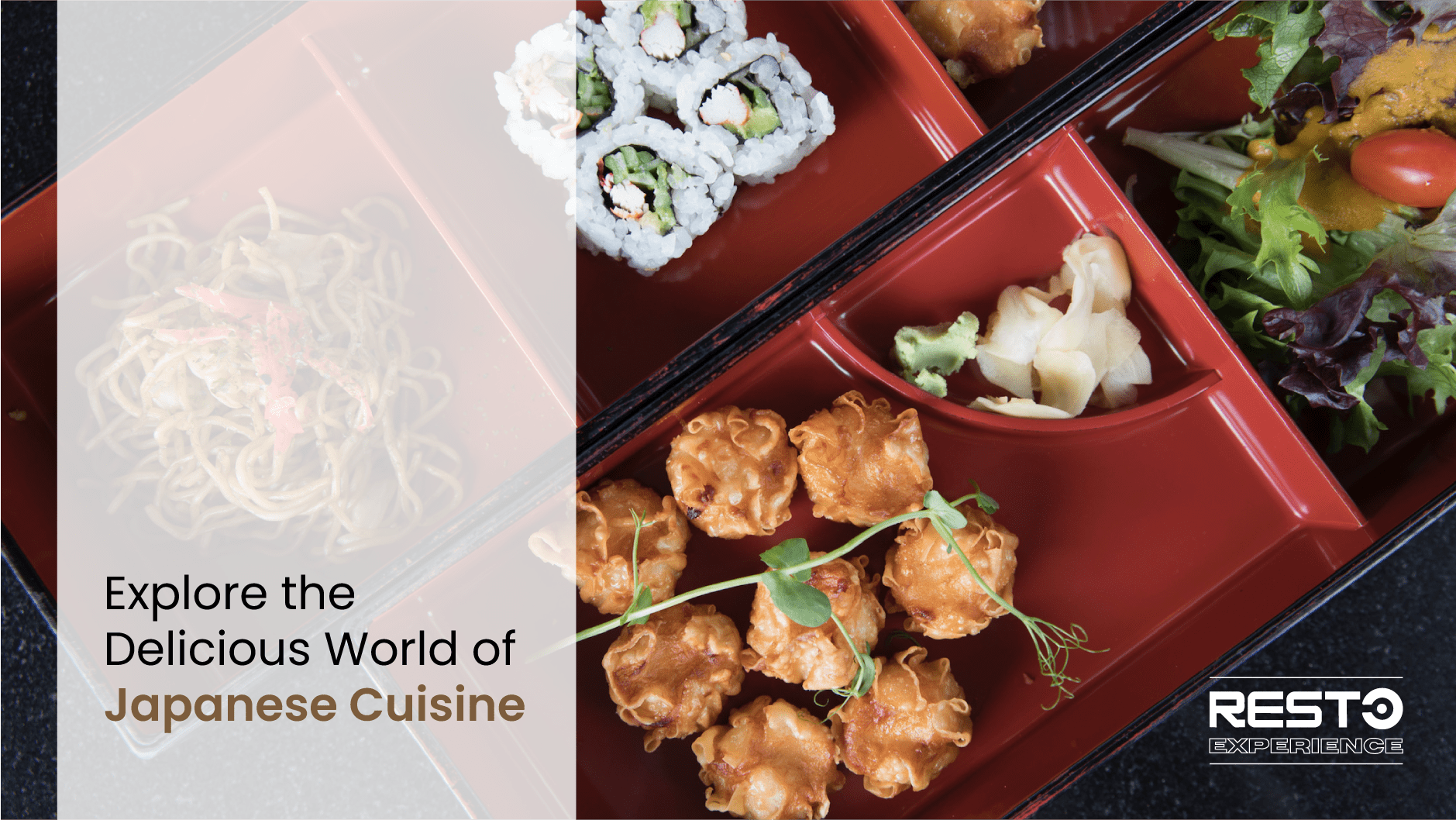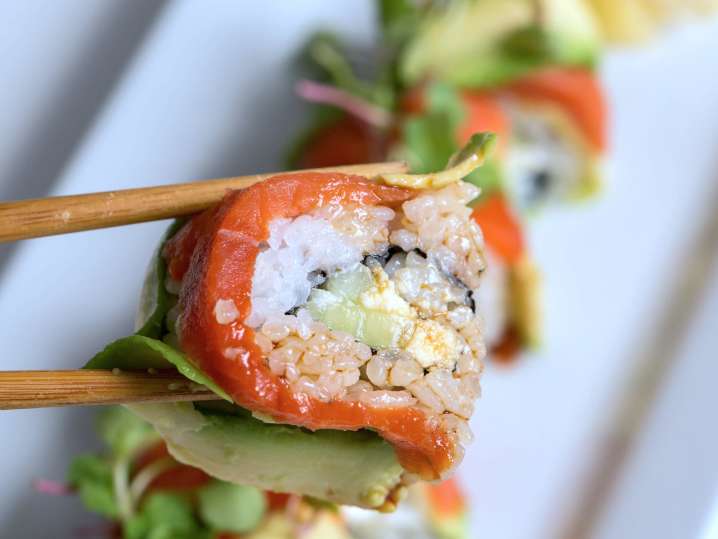Sushi vs Sashimi: Exploring Differences, Origins, and Cultural Significance
– Sushi is made with vinegared rice combined with fresh ingredients like veggies or fish, wrapped in seaweed, and cut into small pieces.
– Sashimi consists of thinly sliced raw meat or fish and is not served with rice or sauces.
– Sushi is higher in carbs and fiber due to the rice, seaweed, and vegetables.
– Sashimi is a better source of protein and heart-healthy fats.
– A 3.5 ounce (100 grams) serving of California sushi roll contains 93 calories, 3 grams of protein, 1 gram of fat, 18.5 grams of carbs, and 1 gram of fiber.
– A 3.5 ounce (100 grams) serving of smoked salmon sashimi contains 179 calories, 21.5 grams of protein, 11 grams of fat, 0 grams of carbs, and 0 grams of fiber.
– Sashimi is higher in protein and omega-3 fats.
– Sashimi is served without rice or other accompaniments.
– Sushi is high in refined carbs and sodium, which can raise blood sugar and blood pressure levels for some people.
– Sashimi and many types of sushi contain raw fish, which can increase the risk of foodborne illness due to potential contamination with parasites and bacteria.
– Pregnant people, young children, and older adults are advised to avoid raw fish.
– Certain types of fish in sushi may contain high levels of heavy metals like mercury, which can have negative health effects.
– Sashimi may support appetite control and decrease food cravings.
– Sushi is more versatile and fits more dietary patterns than sashimi.
